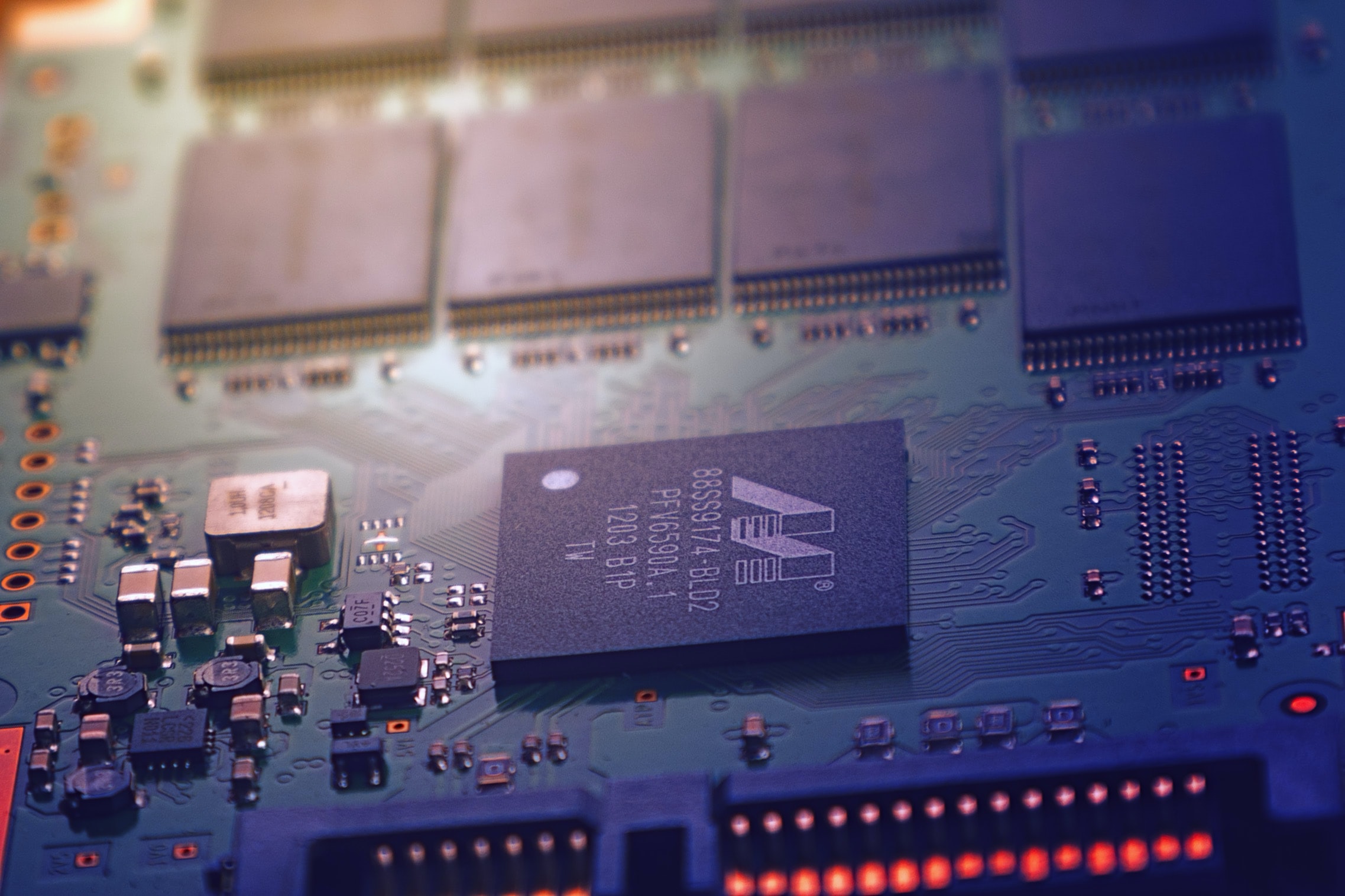The role of TinyML in the industry: Overview
We have seen especially during the last few months how model releases with billions of parameters requiring high processing power have been reproduced. On the other hand, there is also a growing trend that revolves around the ability to run lightweight models in real-time without the need for constant connection on low-power devices such as microcontrollers, sensors, and other embedded systems which is also revolutionizing the AI industry. This trend is known as TinyML.
What is TinyML?
TinyML, short for Tiny Machine Learning, is a field of machine learning that focuses on deploying machine learning models on tiny, low-power devices.
The development of ML solutions is going so fast that it is focused on high-power cloud-based solutions or high computational capabilities when it comes to the Edge. We have been able to see especially during these weeks how models with billions of parameters are published that require a lot of power to be executed. It can be seen as the obvious trend in the spectrum of devices with limited resources, that we require a different paradigm, this paradigm is the so-called TinyML that has gained popularity in the last 4 years.
This paradigm is in an early stage, only a small spectrum of what is possible with ML solutions can be executed on resource-constrained devices, and even less considering that most of them are battery-powered. To implement the execution of the models on these devices there is a specific version of TensorFlow Lite that is based on Microcontrollers. However, the same community around this paradigm also proposes and implements its solutions.
TinyML is therefore two of the aforementioned concepts, a methodology and an implicit community that provides solutions for the execution of models on devices with strong limitations, and there is a context in which these limitations, in addition to being especially present, are also aggravated, and that is the industry.
We have seen especially during the last months how model releases with billions of parameters requiring high processing power have been reproduced. On the other hand, there is also a growing trend that revolves around the ability to run lightweight models in real-time without the need for constant connection on low-power devices such as microcontrollers, sensors, and other embedded systems which is also revolutionizing the AI industry. This trend is known as TinyML.

TinyML in industry
The most common case we can see in industry is that of business-critical components and machines that require early detection of failures or malfunctions in order not to break any process, and prevent maintenance costs to companies.
Ping Services specializes in this type of cases by constantly monitoring the sound of windmill propellers. Detecting anomalies in the behavior based on sound not only reduces maintenance costs, it is also possible to improve efficiency and maintain acceptable latencies at all times.
If we stick to predictive maintenance, there is a large number of senses that we can run at low energy cost and that can give us information about the state of the machines through factors such as vibration, temperature, heat images and any other option that give us the available sensors.
The TinyML methodology in industry not only provides use cases such as those mentioned above, but in parallel, it can also be an enabler for innovation. There are many situations where new installations are not possible in industrial environments, this is especially critical in chemical-related environments where it is extremely costly to perform a new wired installation for safety-related reasons. For instance, the presence of the ATEX directive can make applying leading-edge but hardwired solutions a complicated or cumbersome task. In some cases, having the ability to run ML models on devices that simply require a current battery to run for years, provides a solution to certain roadblocks that can enable the execution of a project.
The expansion in use of TinyML in industrial environments continues to grow thanks to its enabling and innovative power, and it is worth noting that this has been in part thanks to emerging and democratizing platforms of this methodology such as Edge Impulse, Neuton, Qeexo and SensiML, among others, which provide AutoML tools and resources for developers of embedded Machine Learning.
Where are we heading to?
TinyML continues to gain momentum, video processing and classification are no longer a myth thanks to solutions like MCUNet. ARM is increasingly committed to providing solutions adapted to this context, and communities across the globe are flourishing pushing the boundaries of what is possible below 256kB of SRAM.
Progress is being made at great speed, but we have yet to see the adaptation of many models that will be of great use in industrial contexts once their computational cost becomes bearable for these small microcontrollers.
All this suggests that ML will also develop in this direction over the next few years, taking into account hostile environments in which it is not always possible to access the unlimited amount of resources to which we are accustomed in this era of exponential growth in technological fields.
ABI Research forecasts that the TinyML market will grow from 15.2 million deployments in 2020 to 2.5 billion in 2030, confirming the bright future that awaits it. If we can keep this vibrant developer community growing and prevailing, we will see expectations rise even higher during these exciting years ahead.
Want to keep ahead of the curve in Edge AI and TinyML?
Replay "The Cutting-EDGE of MLOps" event
Discover the latest trends and best practices in implementing Machine Learning (#ML) at the Edge, from optimization, and deployment to monitoring with OWKIN, APHERIS, MODZY, PICSELLIA, SELDON, HPE, NVIDIA and BARBARA Learn how to:
🔒 Enhance Data Access, Security and Privacy through Federated Learning
💪 The tools, systems and structures you need to put in place for real-time AI
🚀 Improve model performance for Computer Vision
⚙️ Run successful Machine Learning Model Inference
💡 Optimize ML models for edge devices
🔒 Secure your ML models in the edge




.jpg)





